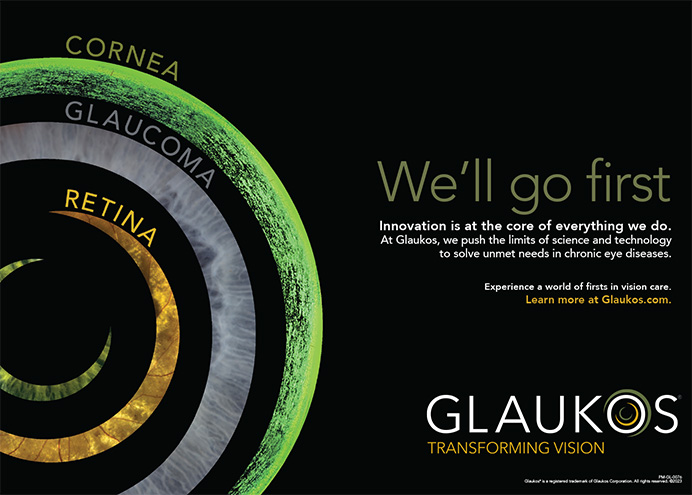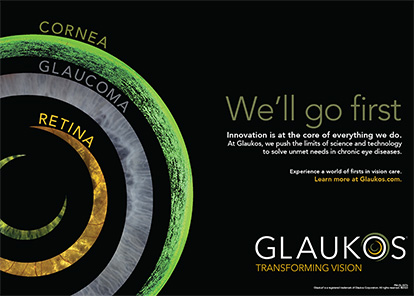
In this issue of CRST, legendary refractive surgeon, renaissance man, and mentor of mine, Vance Thompson, MD, FACS, has assembled a world-class group of pioneering refractive surgeons to provide a deep dive into the evolving subspecialty of refractive cataract surgery. Now, many of you may be saying to yourselves: “I know what refractive cataract surgery is,” or “I’m already doing this,” but, in reality, the numbers show otherwise.
According to the most recent ASCRS clinical survey, only 9% of patients receive a presbyopia-correcting IOL at the time of cataract surgery, and only 20% have their astigmatism corrected at the time of cataract surgery.1 The reasons why these percentages are so small is far beyond the scope of this editorial, but, suffice it to say, it all starts within the heart and mind of the surgeon. Call it a philosophy, a mantra, or a mission: Each surgeon—if he or she wishes to be successful—must provide state-of-the-art patient care and meet the demands of today’s discriminating customer (yes, I said customer). Each surgeon must also desire to achieve more than he or she did the day before. Why? Because lens-based refractive eye care is the future of vision correction surgery, and it is evolving and changing at an exponential rate.
Within a year from now, there will be no fewer than four new premium IOL options for you to offer to patients. The complexities of refractive lenticular and cataract refractive surgery are far more intricate and sublime than cornea-based refractive surgery. With the exception of small-incision lenticule extraction and a few software changes to excimer platforms, cornea-based refractive surgery has been flat, both in surgical volume and in technologic advancements. In contrast, lenticular/cataract–based surgical volume, devices, and technology are on a massive rise.
Staying informed of these developments poses a challenge to even the most motivated and capable surgeons. Furthermore, we must weed through the layers of marketing hype and propaganda thrown at us by industry and colleagues. And, of course, we are all well aware of the financial challenges and stresses of incorporating new technologies and tools into a practice.
Well, good news is here: You have an archive-worthy compilation of articles in this issue to help you surf the swell of opportunity and activity in refractive cataract surgery. There is not yet a silver bullet or magic potion to give to your patients to provide perfect vision, but there is an increasing number of ways to provide a lifelong promise of high-quality, spectacle-free vision for the vast number of patients you see every day. With the right attitude, motivation, tools, and effort, it is possible to move your own needle and evolve your skillset and your practice.
I am extremely grateful to the authors herein for sharing their insights and helping us all do better for our patients.
Robert J. Weinstock, MD | Chief Medical Editor
1. ASCRS Clinical Survey 2018. http://supplements.eyeworld.org/eyeworld-supplements/december-2018-clinical-survey. Accessed March 25, 2019.




